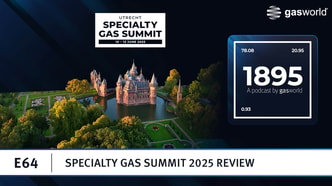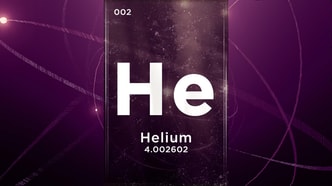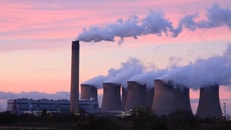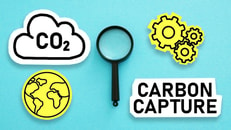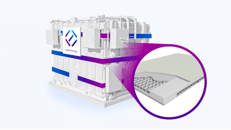Quantum computing quests for carbon capture compounds
Quantum computing is being used to solve some of our thorniest problems. It’s no surprise, then, that the technology is being leveraged to solve one of our biggest challenges: carbon capture.
Now researchers from the National Energy Technology Laboratory and the University of Kentucky are using a quantum computer algorithm to find useful amine compounds for improved atmospheric carbon capture.
Since the dawn of the industrial revolution, humans have continued to produce carbon in ever-increasing quantities. Without removal, the carbon dioxide already in the atmosphere will continue to wreak havoc for centuries.
Carbon capture and storage (CCS) pulls carbon out of the atmosphere and stores it, often sequestering it deep underground.
... to continue reading you must be subscribed





